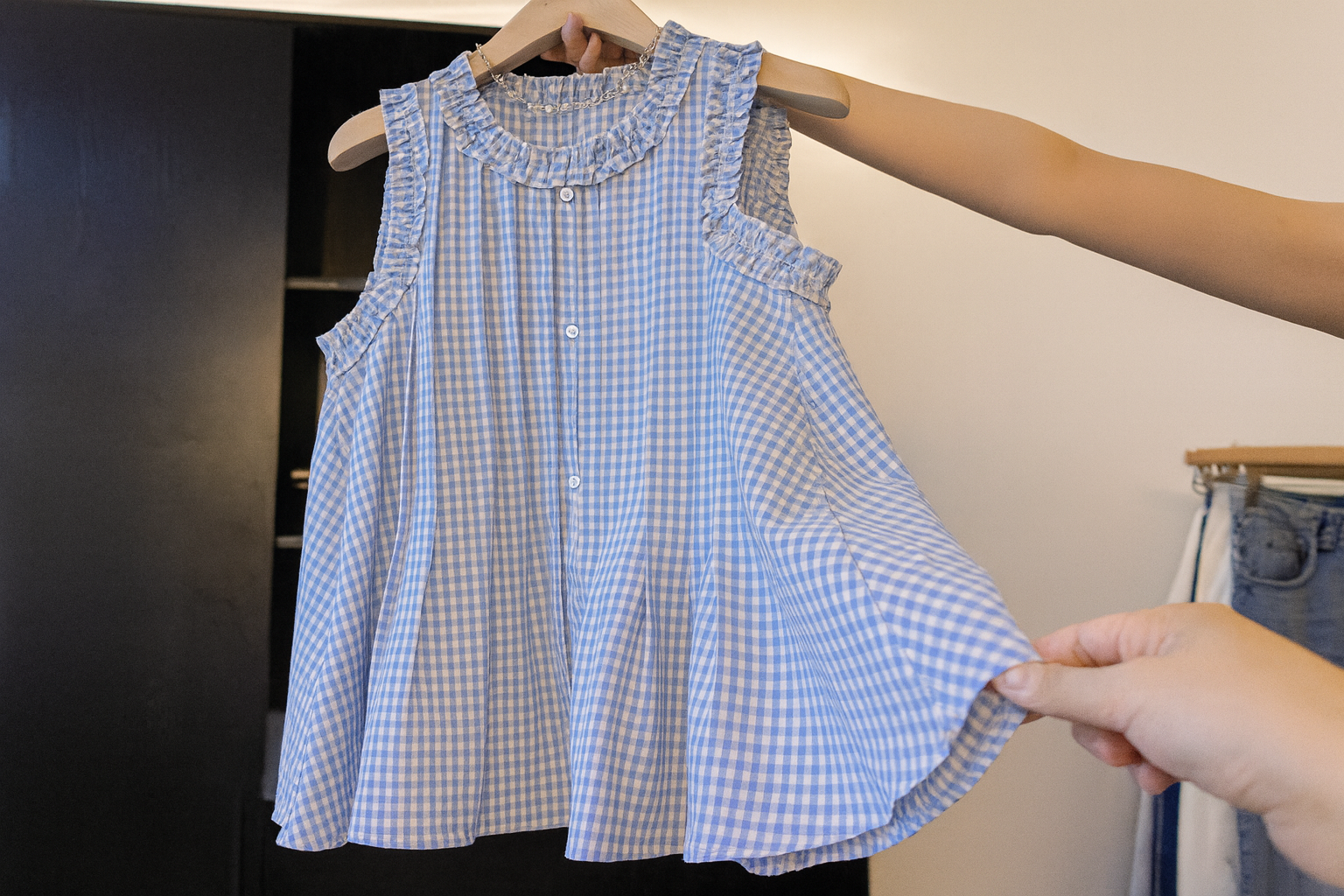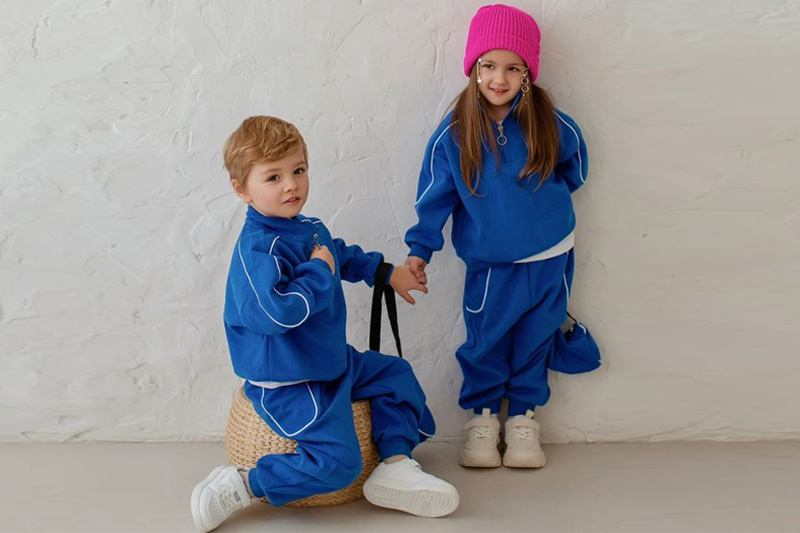Starting your own children's clothing brand feels exciting—but also a bit overwhelming, right? I’ve been there, flipping between fabric swatches and Instagram posts, wondering how to stand out in a crowded market. That’s where the DTC (Direct-to-Consumer) model comes in. It lets you control the narrative, connect with real parents, and build a brand that actually means something.
The DTC model lets kidswear brands build trust and brand power by cutting out the middlemen and directly connecting with customers. You control everything—from storytelling to design, pricing to delivery. For children's clothing, this is gold: parents care about quality, safety, and brand values. By owning the whole journey, DTC brands can move faster, respond to feedback quickly, and create lasting customer loyalty.
If you’re dreaming about launching your own kidswear brand, this guide will walk you through the DTC game—real talk, no fluff.
What is the DTC (Direct-to-Consumer) model, and how does it benefit kidswear brands?
DTC means you sell your products directly to the people who’ll wear them—or in our case, their parents—without going through retail stores or online marketplaces.
DTC benefits kidswear brands by giving them control over branding, pricing, customer experience, and data. Instead of relying on big box stores or distributors, you set up your own online store and use digital marketing to reach your audience. This helps build a stronger brand identity and trust with parents who care deeply about what their children wear.
Why does this matter in the kidswear space?
Because parents shop with purpose. They want clothes that are safe, comfortable, cute, and align with their values. And they want to feel good about where their money goes. When you’re a DTC brand, you get to build that emotional connection—on your terms.
How can you identify and target the right niche market for children’s clothing?
Start by asking one simple question: What kind of parent am I designing for?
To target the right niche in children’s clothing, define a specific parent persona based on lifestyle, values, and shopping habits—then create products that meet their exact needs. For example, eco-conscious parents might crave bamboo basics, while fashion-forward moms might want trendy matching sets for toddlers.
Some niche ideas to consider:
- Organic baby basics
- Adaptive clothing for kids with sensory needs
- Bold, gender-neutral designs
- Functional schoolwear with stain-resistant fabrics
The more focused you are, the easier it is to speak directly to your ideal customer.
What makes storytelling and brand values essential in a DTC children’s brand?
Let’s be honest: parents aren’t just buying a onesie—they’re buying your story.
Strong storytelling creates emotional trust. In the DTC space, your brand’s voice, mission, and values help parents connect with you beyond the product. Whether you're a mom solving a problem you lived through, or a designer with a dream to make childhood more joyful—share it.
Use every touchpoint—your website, packaging, emails—to reinforce why your brand exists. Because when your story hits home, customers stick around.
How can social media platforms drive awareness and loyalty for your brand?
Social isn’t just a place to post cute pics—it’s where your community comes to life.
Platforms like Instagram, TikTok, and Pinterest help DTC kidswear brands reach new audiences, showcase product benefits, and build trust through real-time engagement. Use behind-the-scenes videos, honest reviews, and adorable user photos to create an emotional bond. Don’t just talk—listen. That’s how loyalty starts.
Why is owning your customer data critical in the DTC business model?
You can’t build loyalty with strangers.
When you own your customer data—like email addresses, buying behavior, and feedback—you’re able to personalize experiences, send targeted promotions, and build long-term relationships. Unlike selling through third-party platforms, DTC lets you learn what works and what doesn’t—quickly.
If someone bought from you once, they’re more likely to return if you treat them like a real person, not just a number.
What role does high-quality content play in building trust with parents?
Think of your content as your silent salesperson.
Great product photos, sizing guides, helpful blog posts, and FAQ pages help reduce confusion, increase confidence, and drive conversions. Parents need to know the fabric won’t irritate their baby’s skin. They want to see how that dress fits on a real 3-year-old. Your content should answer their unspoken questions.
Bonus: High-quality content also helps you rank better in search engines, bringing more parents to your store organically.
How do you design a user-friendly and conversion-optimized DTC website?
Make it clean, clear, and calming—just like the clothes you sell.
Your DTC site should load fast, be mobile-friendly, and make it easy for parents to find what they need. That means intuitive filters, sizing charts, product reviews, and clear shipping/return policies. Keep checkout simple. Less clicks = more sales.
A small tip? Use real lifestyle photos, not just flat-lays. Parents want to see the clothes on happy, wriggly kids—just like theirs.
Conclusion
Building a kidswear brand through the DTC model isn’t just a smart strategy—it’s a heart-first business move. When you own your brand, your voice, and your connection to customers, you're not just selling clothes. You're building something that matters.



